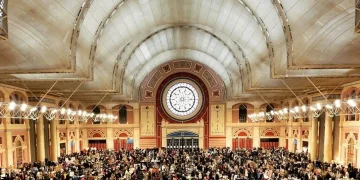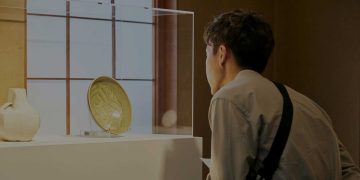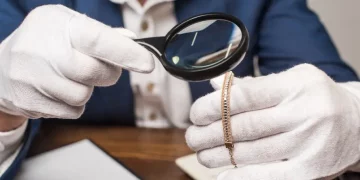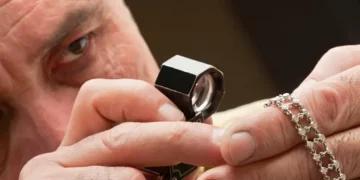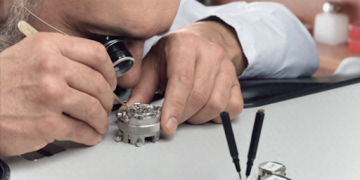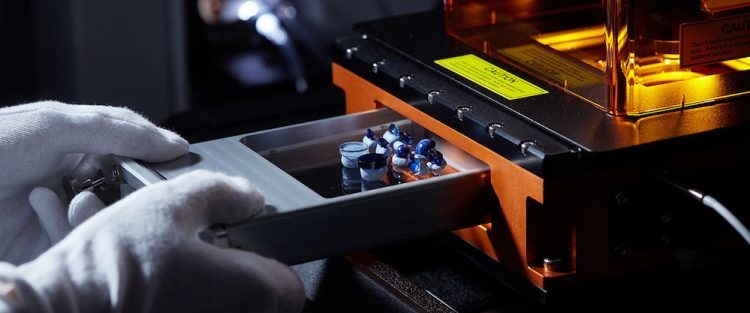The world of second-hand collectibles is an exciting yet complex market, where rare and valuable items often change hands between collectors, investors, and enthusiasts. However, with the rise of counterfeits, misrepresentations, and inflated prices, discerning the authenticity and value of second-hand collectibles has become an essential skill for anyone involved in this space. Whether you’re buying, selling, or simply admiring a particular collectible, understanding the key details that define an item’s authenticity and value can save you from costly mistakes and ensure you are making informed decisions.
In this guide, we will break down the crucial aspects of evaluating second-hand collectibles, focusing on how to identify genuine items, assess their condition, and determine their true market value.
1. Authentication: How to Spot Fake Collectibles
The most critical aspect of buying second-hand collectibles is determining whether the item is genuine or a counterfeit. Counterfeiting has become more sophisticated over the years, making it increasingly difficult to spot fakes. However, there are several key details to pay attention to that can help you identify authentic pieces.
1.1 Provenance and Documentation
Provenance refers to the history of ownership of an item, and it plays a significant role in determining the authenticity and value of a collectible. When purchasing second-hand collectibles, always ask for:
- Certificates of Authenticity (COA): Reputable sellers will provide these documents, which verify the item’s authenticity.
- Provenance Records: An item’s provenance should ideally be traceable, with documentation detailing its history and previous owners. The more established and verifiable the item’s history, the higher the confidence in its authenticity.
If the seller cannot provide any provenance or documentation, this is a red flag, and you should be cautious. Provenance is especially important for fine art, rare coins, and high-value antiques, where authenticity can significantly impact price.
1.2 Maker’s Marks, Signatures, and Labels
Many collectibles, especially art, jewelry, and vintage furniture, often feature maker’s marks, signatures, or specific labels that help identify their origin. For example:
- Art: Signed works by well-known artists often carry a signature, sometimes on the back or the bottom of the piece. It is essential to compare this signature to known examples from the artist.
- Jewelry: Many high-end jewelers engrave their name or logo onto the piece. Researching the specific signature or hallmark can help determine authenticity.
- Furniture: Antique furniture may have labels or stamps from the manufacturer, often found on the underside or inside of drawers.
Fakes often lack these marks or have them imprinted incorrectly. If possible, research the maker’s marks for the specific category of collectible you are interested in to verify whether they match authentic examples.
1.3 Expert Authentication
For high-value or complex collectibles, it’s often a good idea to consult with an expert or professional appraiser. Expert authentication services can help confirm the authenticity of the item. Many established auction houses and appraisal companies offer this service for a fee. Expert authentication is particularly vital for rare items like vintage watches, luxury handbags, or fine art, where counterfeit versions are common.
2. Condition and Wear: Assessing the State of a Collectible
The condition of a second-hand collectible is one of the most important factors influencing its value. Some wear and tear are expected with age, but significant damage or improper restoration can significantly decrease an item’s worth. Understanding the details of the condition can help you make an informed purchase.
2.1 Patina and Aging
A natural patina can add character and value to certain items, such as antique furniture, metal collectibles, and leather goods. Patina refers to the weathered surface appearance caused by aging, exposure to the elements, or use over time. For example:
- Coins or silver items: A desirable patina may develop, giving them a distinguished, time-worn appearance.
- Wooden Furniture: A faded or slightly worn finish can indicate authenticity, as older items often develop a unique aging effect.
However, it’s essential to differentiate between a natural patina and damage that has been artificially created to deceive buyers. Examine the patina closely—natural aging is uneven and gradual, whereas artificial aging tends to be uniform and exaggerated.
2.2 Damage and Repairs
Examine the collectible for any signs of damage, such as cracks, chips, or dents. Some collectors prefer original, unaltered items, while others are more forgiving of minor repairs, especially if done skillfully. However, large-scale repairs can detract from an item’s value. For example:
- Art: Look for signs of previous restoration work, which may affect the painting’s value. Professional restorations are typically less visible, but amateur repairs may significantly reduce the value.
- Antiques: Be cautious of furniture with significant repairs, as the value may be less if the item was poorly restored.
- Vintage Watches: Check if parts have been replaced. Collectors value original components, and a replacement part can lower the overall worth.
Always inquire about any repairs or restorations, as these can impact both authenticity and value.
2.3 Original Packaging or Accessories
For many collectibles, especially limited-edition or high-end items like designer handbags, sports memorabilia, and action figures, the original packaging and accessories can increase value. Original boxes, certificates, or tags can make a significant difference, as they add to the item’s authenticity and rarity.
When buying second-hand collectibles, ask the seller if the item comes with its original packaging, certificates, or related accessories. If the original materials are missing or damaged, this can affect the market value.
3. Rarity and Demand: Understanding Market Value
The value of a collectible item is also heavily influenced by its rarity and demand in the market. An item may be authentic, but if there is little demand for it, its price will be lower. Conversely, items in high demand, especially those with a limited supply, can command a premium price.
3.1 Limited Editions or Numbered Pieces
Limited edition collectibles often have a higher value because of their rarity. Whether it’s a piece of art, a vintage watch, or a collectible toy, the fact that only a certain number of items were made can drive up the price. For example:
- Art and Prints: Limited edition prints by famous artists can be much more valuable than open edition prints.
- Sports Memorabilia: Limited edition jerseys, signed balls, and rare trading cards are often worth more because only a few exist.
Look for markings, certificates, or labels that indicate the item’s limited-edition status. For some items, such as vintage watches or high-end fashion items, a limited edition number (e.g., “#45 of 100”) can indicate increased value.
3.2 Market Trends
Understanding the current trends in the collectible market is essential when assessing the potential value of an item. Collectibles are often subject to market fluctuations, with demand rising or falling depending on popular culture, historical events, or shifts in collector interest.
For example:
- Pop Culture Collectibles: Items tied to successful movies, celebrities, or franchises may spike in value after a movie release or anniversary.
- Vintage Fashion: Designer items from certain eras may be in high demand due to resurgent trends or cultural interest.
Stay updated on market trends by following auction results, attending trade shows, or consulting price guides specific to the collectible category.

4. Provenance and Historical Significance
Provenance goes beyond just the ownership history of an item—it also includes the item’s historical significance. Items linked to well-known events, famous individuals, or particular moments in history are often worth more than those without any historical context.
4.1 Historical and Cultural Value
Items tied to specific historical periods or events, such as objects from a particular century or those linked to significant cultural movements, can hold immense value. For example:
- Antique Furniture: Items from a particular designer or period, such as Victorian or Art Deco, often command a premium.
- Memorabilia: Historical memorabilia, such as items from significant political events or items belonging to famous individuals, may be more valuable due to their cultural importance.
Always inquire about the historical context and significance of the item, as it can significantly affect its price and appeal to collectors.
5. Conclusion: The Art of Smart Collecting
Navigating the second-hand collectibles market can be both exciting and overwhelming, but by paying attention to key details such as authenticity, condition, rarity, and market trends, collectors can make informed decisions and avoid potential pitfalls. Whether you are buying or selling collectibles, taking the time to evaluate each item carefully can ensure that you invest wisely and add valuable pieces to your collection. Always rely on trusted sources, expert advice, and thorough research to make the most of the exciting world of second-hand collectibles.













